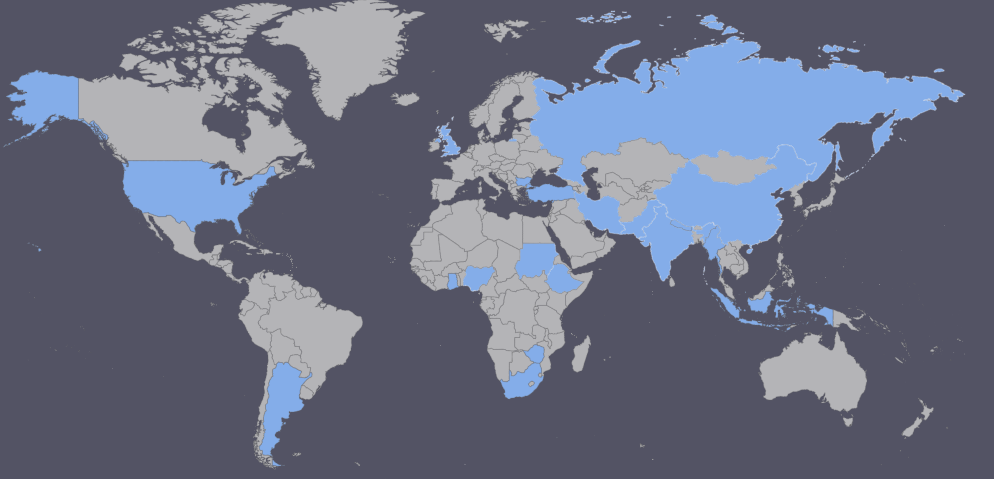Methods of Well Construction Complication, Design and Developing for Sixteen Observation and Test Wells at the Eight Locations of Zarange District, Nimroz, Afghanistan
Keywords:
Groundwater, Well construction, Drilling, Well development, Gravel packAbstract
This research has been conducted for construction, design, developing and observation of sixteen wells in center Zarange of Nemroz Province. For drilling of these well we used cable tool ridge “drilling Rotary by mud”. The aquifers of Nimroz are located prolonging of rivers and its tributries. Most of the aquifers have been made with different sizes of sediments (sands and gravels). Near to slop and mountains, generally we can find big size and far from sources at the plain areas smaller sizes of clay, silt and sands. In this research we found different formations of stratigraphy in well profile is consisting different layers like sand, boulder, silty clay, gravel, sand, clay with gravel, clay, clay with gravel and clay silt with gravel. Generally, the aquifers belong to bigger sizes of sands and gravel, we used PVC of blank pipe and for filtering water used filter and gravel pack. This research is therefore essential to study the different layers in well profile of groundwater aquifers, with no or scarce previous research’s in this section of well design. The challenges that we faced during this research are; absence of research in this area and lack of geological equipment.
References
ASTM D6431, 2003. American Society for Testing and Materials, Standard Guide for Using the Direct Current Resistivity Method for Subsurface Investigation.
Barker, R.D. 1989. Depth of investigation of collinear four-electrode arrays. Geophysics 54 (8), 1031-1037.
Bernard, J., 2003. The Principle Geophysical Methods for Groundwater Investigation (Definition of Main Hydrogeological Parameters Electrical Methods for Groundwater Magnetic Resonance Method for Groundwater). IRIS Instruments. www.iris-instruments.com.
Dobrin, M.B., Savit, C.H., 1988. Introduction to geophysical Prospecting. Fourth Edition, McCraw-Hill, pp 630.
Musa, G.A., Mohd, E.T., Mohd, B.G., 2015. The Application of Vertical Electrical Sounding (VES) for Groundwater Exploration in Tudun Wada Kano State, Nigeria. Journal of Geology & Geophysics 4 (1), 100086.
Rasouli, H., 2015. Study on River Terraces in Upper and Middle Parts of Kabul Sedimentary Basin, Afghanistan. International Journal of Science and Research 6 (10), 1696-1704.
Rasouli, H., 2019. A Study on Some River Sediments, Hydrology and Geological Characteristics in Chak Sedimentary Basin, Wardak, Afghanistan. International Journal of Geology, Earth & Environmental Sciences 9 (2), 49-61.
Rasouli, H., 2020a. Application of Soil Physical and Chemical Parameters and its Comparing in Kabul Sedimentary Basins, Kabul, Afghanistan. International Journal of Recent Scientific Research 11 (2), 37368-37380.
Rasouli, H., 2020b. Well Design and Stratigraphy of Sheerkhana Deep Well in Chak District, Wardak, Afghanistan. International Journal of Geology, Earth & Environmental Sciences 10 (2), 54-68.
Rasouli, H., 2021. Analysis of Groundwater Quality in Jabal Sarage and Charikar Districts, Parwan, Afghanistan. Journal of Geological Research 3 (4), 45-55.
Rasouli, H., Kayastha, R.B., Bikas C. B., Ahuti S., Arian, H., Armstrong, R., 2015. Estimation of Discharge from Upper Kabul River Basin, Afghanistan Using the Snowmelt Runoff Model. Journal of Hydrology and Meteorology 9 (1), 85-94.
Rasouli, H., Safi, A.G., 2021. Geological, Soil and Sediment Studies in Chelsaton Sedimentary Basin, Kabul, Afghanistan. International Journal of Geosciences 12, 170-193.
Rasouli, H. Sarwari, M.H., Khairuddin, R., Said, A.H., 2020. Geological Study of Tangi Mahipar Mountain Range along Kabul Jalalabad Road, Afghanistan. Open Journal of Geology 10 (10), 971-980.
Shamal, S., Rasouli, H., 2018. Comparison Between pH, EC, CaCO3 and Mechanical Analysis of Qala Wahid and Company Areas Soil, Kabul, Afghanistan. International Journal of Science and Research 8 (5), 429-433.
Shroder, J.F., 2014. Natural resources in Afghanistan: geographic and geologic perspectives on centuries of conflict. First Edition, Elsevier, University of Nebraska at Omaha, USA.
Downloads
Published
Issue
Section
License
The authors keep the copyrights of the published materials with them, but the authors are aggee to give an exclusive license to the publisher that transfers all publishing and commercial exploitation rights to the publisher. The puslisher then shares the content published in this journal under CC BY-NC-ND license.



